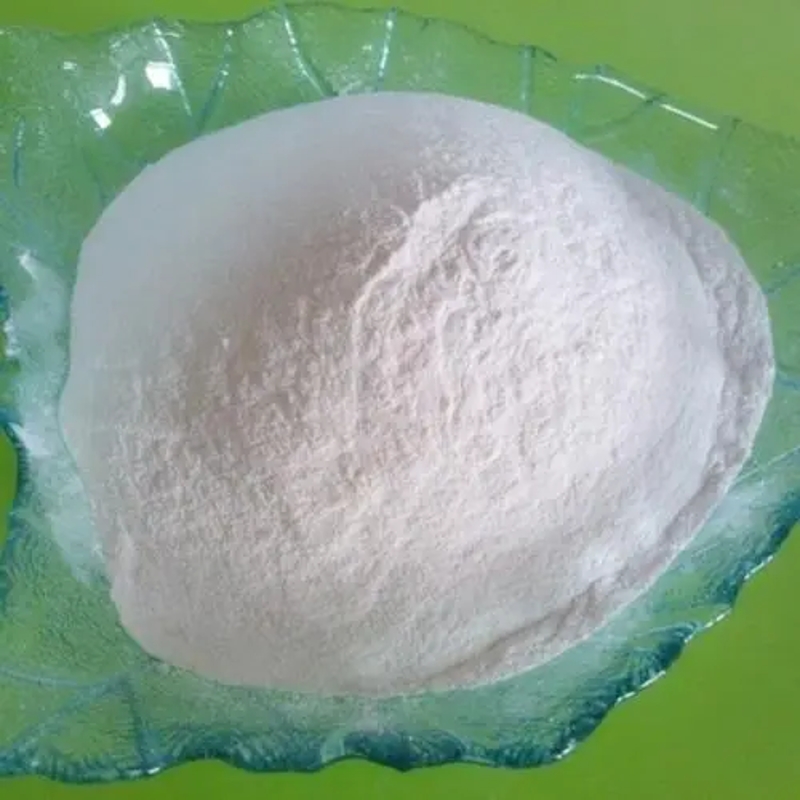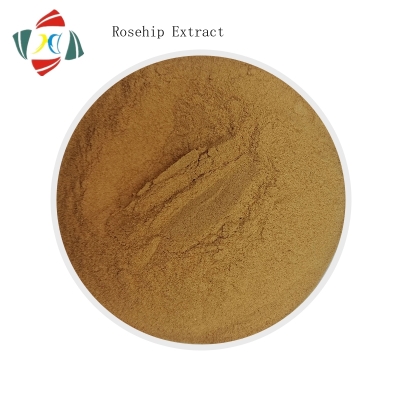Science: Antibody combinations targeting SARS-CoV-2 stingproteins prevent rapid escape mutations during single antibody therapy.
-
Last Update: 2020-07-19
-
Source: Internet
-
Author: User
Search more information of high quality chemicals, good prices and reliable suppliers, visit
www.echemi.com
, June 25, 2020 /
BiovalleyBIOON/--- a promising way to combat the COVID19 pandemic is to develop antiviral antibodies targeting the SARS-CoV-2 virusS protein is a key intermediary of viral infection, by binding ACE2 receptors to allow the virus to enter the target cellsAn important concern with any antiviral treatment is the potential for resistance due to rapid mutations in viral pathogensThis resistance becomes more pronounced when selective pressure is applied in the context of drug treatmentFor example, when an HIV drug was initially used alone, selective mutations in such drugs led to widespread resistanceSubsequent success of HIV drug combination therapy showed that requiring the virus to mutate simultaneously at multiplegeneticsites may be the most effective way to avoid therapeutic resistancescientists recently used genetically nativeized mice and B cells from recovery patients to produce a very large collection of highly effective human and antibodies that target the receptor-binding domain of SARS-CoV-2 S proteinThe intended goal of producing this very large collection is to screen for pairs of highly potent antibodies that can bind to the S protein at the same time, so they may constitute a therapeutic antibody mixture that not only becomes an effective treatment, but also prevents antibody resistance caused by viral escape mutants that respond to selective pressure of single antibody therapyin a new study,, in an effort to assess the effectiveness of antiviral antibodies recently described by Regeneron Pharmaceuticals against a range of S-protein RBD mutants represented by the publicly available SARS-CoV-2 sequence ( representing more than 7,000 unique genomes) identified by the end of March 2020, the company's researchers used a V-fake particle system that expressed these SARS-CoV-2 S protein mutantsTheir first eight neutral antibodies were effective against all the tested mutants (Table 1), demonstrating broad coverage of SARS-CoV-2, which is spreading in humansThe findings were published online June 15, 2020 in the journal Science with the title "Antibody cocktail to SARS-CoV-2 Spike protein prevents slea uin eday escape with individual with body body antibody antibody"Table 1Anti-
The SARS-CoV-2 S protein monoclonal antibody next, by using the replicable VSV-SARS-CoV-2-S virus (Figure 1A), the escape mutant was selected under the pressure of a monoantibody and antibody combination In their first generation, they quickly identified a number of independent escape mutants (Figures 1, B and C, and Figure 2) for each of the four antibodies During the second generation, some of these mutants are easily fixed in the viral population and resistant to antibody concentrations up to 50ug/ml Sequencing of escaped mutants (Figure 2) showed that changes in individual amino acids can destroy the binding of antibodies that are screened to resist all known RBD mutants Figure 1 Escape mutant screening process next, the researchers evaluated the escape mutation processed with the antibody combination they described earlier (REGN10987 plus REGN10933), which was reasonably designed to avoid the escape mutation by containing two antibodies that bind to different non-overlapping regions of the RBD and therefore bind and block RBD function at the same time The VSV-SARS-CoV-2-S virus was cultured in the presence of this antibody combination and did not cause the production of escape disjointed mutants (Tables 2, Figures 1, B and C, and Figure 2) Therefore, this selective antibody combination did not quickly lead to the production of escape mutants, presumably because the escape mutation requires the virus to have a mutation at the same time at two different genetic
sites, thus destroying the binding and neutralizing of the two antibodies in this antibody mix Figure 2 Deep sequencing of the progenitor virus to determine the escape mutation in addition to the above antibody combination, they also assessed the escape mutation processed with other antibody compositions (REGN10989 plus REGN10934 and REGN10989 plus REGN10987), this time consisting of fully or partially competing antibodies combined with RBD--- the two antibodies binding to the DRB area overlap Under the selective pressure of these antibody combination processing, one combination is rapidly produced against an escape mutant, but not resistant to another (Tables 2, Figures 1, B and C, and Figure 2) For a fully competitive antibody combination (REGN10989-REGN10934), an amino acid replacement is sufficient to destroy the neutralizing effect of this antibody combination, confirming that both antibodies need to bind to e484 residues in order to neutralise SARS-CoV-2 Interestingly, this rapid escape did not occur in a partially competitive antibody combination of different components (REGN10989-REGN10987), which can bind weakly to RBD when REGN10989 is pre-combined Therefore, even antibody combinations that do not combine at the same time may sometimes prevent the production of escape mutations because their epitopes are only partially overlapped, or because the residues that can cause escape are not easily tolerated by the virus and therefore are not easily selected Table 2 Neutralizing the neutrality of a single anti-S protein antibody and antibody combination against false particles encoding a single escape mutation in order to functionally confirm that these S-protein mutations detected by sequencing are the cause of loss of SARS-CoV-2 antibodies, they constructed VSV-SARS-CoV-2 synaptic particles that express a single identified S protein mutation These false particles are used in neutralizing trials of single antibody treatment and antibody combination processing, and the value of IC 50 is calculated (Table 2) As expected, the presence of four single antibodies and REGN10989-REGN10934 competitive antibody combinations of the presence of the virus during transmission of the amino acid mutation sylliter, is sufficient to completely eliminate or significantly reduce the treatment of these treatments in these tests of the neutrality and capacity In the viral population produced after the treatment of two antibodies, the single-escape mutants detected at low frequency during the early propagation (e.g the mutation K444Q produced after treatment with REGN10934 and REGN10987) were fixed during the later generation son-in-time presence of one of the antibodies (REGN10987), thus destroying the ability to use the two antibodies combinations This suggests that antibodies can drive the virus to evolve and escape in different directions However, if the two antibodies have partially overlapping binding epitopes, the escape mutants caused by one antibody are fixed in the viral population, resulting in loss of activity of the other antibody, highlighting the risk of widespread use of monoantibodies therapy Importantly, the REN10987-REGN10933 antibody combination--- consists of two antibodies that can bind two independent epitopes on the RBD at the same time--- retains the ability of both the neutral and all the found RBD mutants known that RNA viruses accumulate mutations over time, and an important concern of any antiviral therapy is the possibility of choosing treatment-induced escape mutants A common strategy to prevent evasion of antibody therapy involves choosing antibodies that bind to conservative epitopes, but this strategy may not be enough Although some well-founded analysis of the conservatism of the table bit can be carried out according to sequence and structure analysis, the possibility of escape still exists under the strong selection pressure In fact, escape studies using anti-flu virus hemagglutin stem binding antibodies have shown that although the hemagglutin stem between different influenza subtypes is highly conservative, escape mutants may still occur, and some escape mutations occur outside the antibody epitope region Antibodies that have shown wide range of neutral and capable capabilities in a variety of coronaviruses and thus may target more conservative residues have not yet shown immunity to escape under selective pressure In addition, their neutralizing effects are several orders of magnitude lower than the most effective SARS-CoV-2-specific neutralizing antibodies Neutralizing is considered to be the key mechanism of anti-coronavirus S protein antibodies and has previously been shown to be associated with efficacy in animal models and may therefore prove to be the most important driver of initial clinical efficacy However, as confirmed in these researchers' single antibody escape studies, even high-potent neutrality does not prevent the rapid production of viral escape mutants, and escape remains a major problem in monoantibodies treatments the data described in this study strongly support the idea that antibody combination therapy may provide a powerful way to minimize the mutation escape of SARS-CoV-2---
---; Selection criteria for the wide efficacy of clinical candidates, including functional evaluation of natural circulatory sequence variation, as well as multiple antibodies with non-overlapping epitopes, provide enhanced protection against loss of efficacy Future invivia and human clinical studies will require close attention to possible escape mutants and potential subsequent drug efficacy losses Clinical standards for a wide range of potent candidate antibodies, including functional evaluation of natural circulatory sequence variations, as well as antibodies containing multiple binding epitopes that do not overlap, may provide enhanced protection against failure Future invivia and human clinical studies will require close attention to possible escape mutants and possible subsequent loss of drug efficacy (Bio Valley Bioon.com) Reference: Alina Baum et al Antibody cocktail to SARS-CoV-2 spike protein prevents rapid saeedd ei fe ystod with individual with antibody antibody Science, 2020, doi: 10.1126/science.abd0831.
.
This article is an English version of an article which is originally in the Chinese language on echemi.com and is provided for information purposes only.
This website makes no representation or warranty of any kind, either expressed or implied, as to the accuracy, completeness ownership or reliability of
the article or any translations thereof. If you have any concerns or complaints relating to the article, please send an email, providing a detailed
description of the concern or complaint, to
service@echemi.com. A staff member will contact you within 5 working days. Once verified, infringing content
will be removed immediately.







